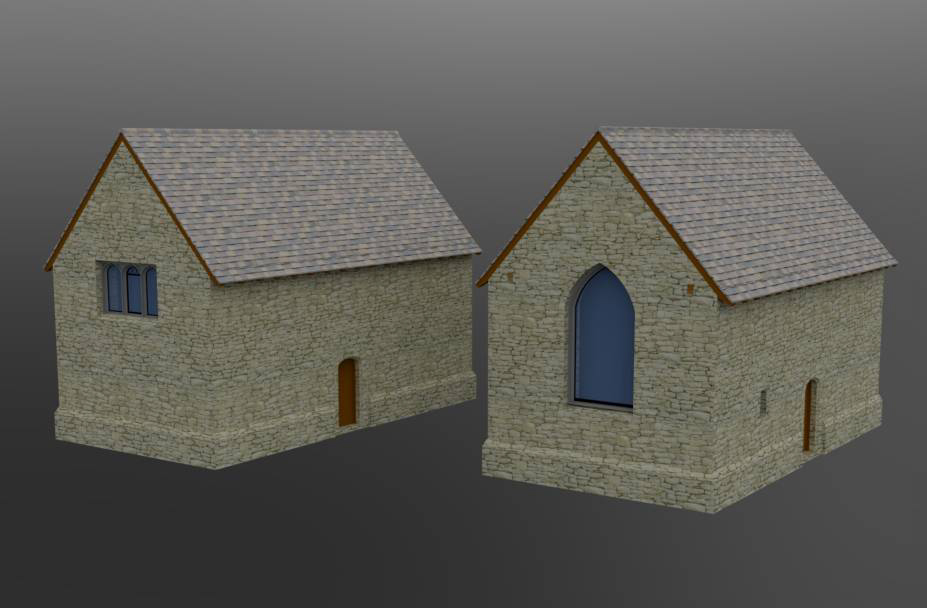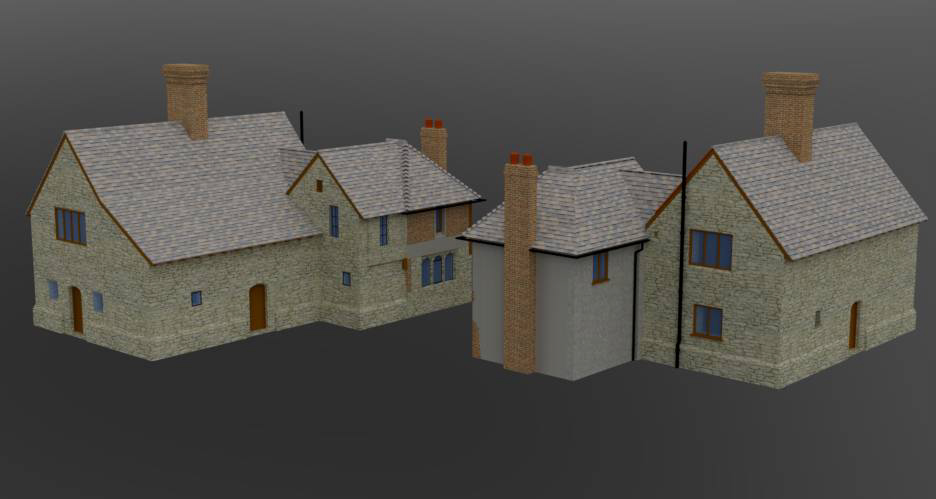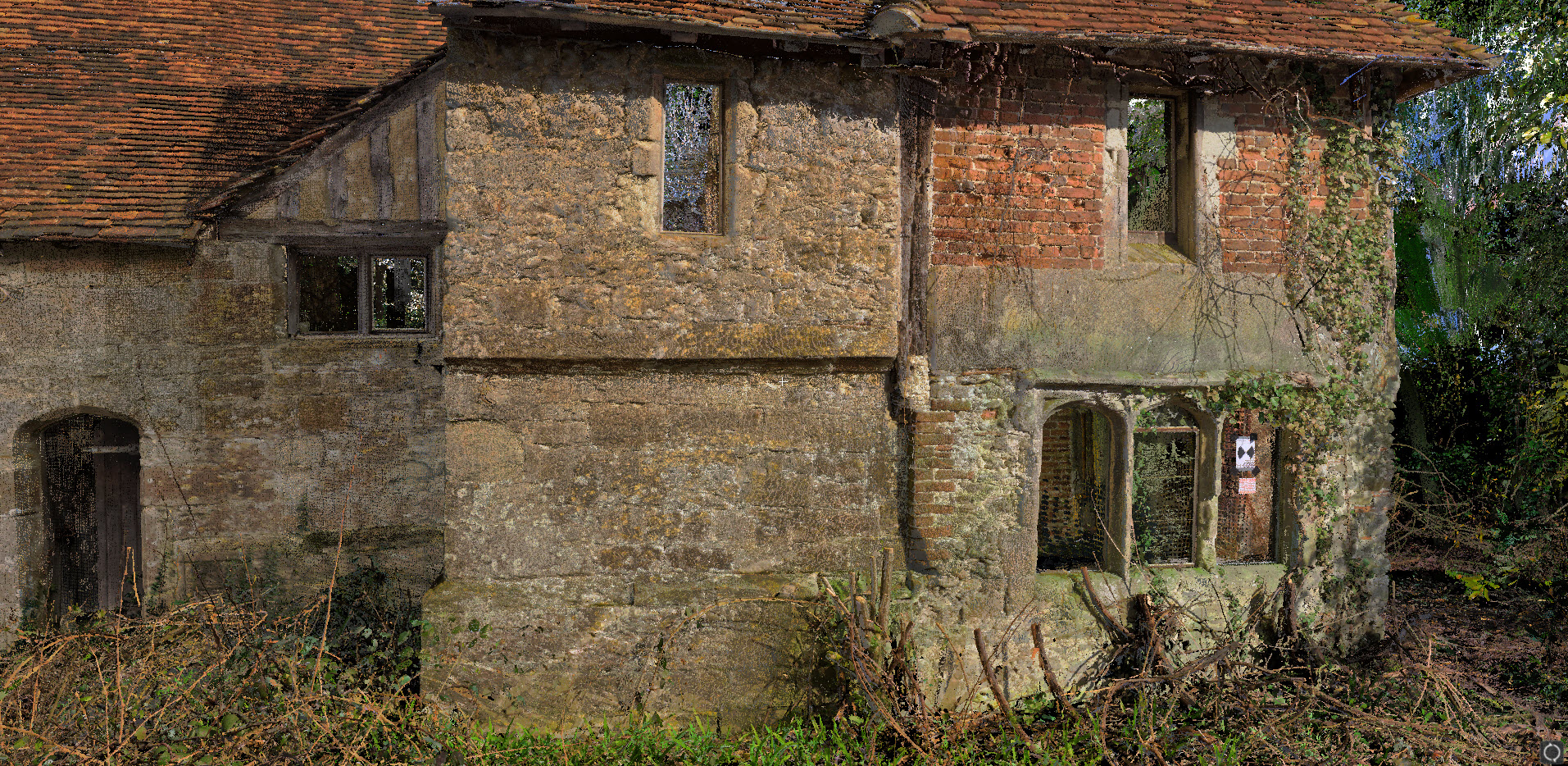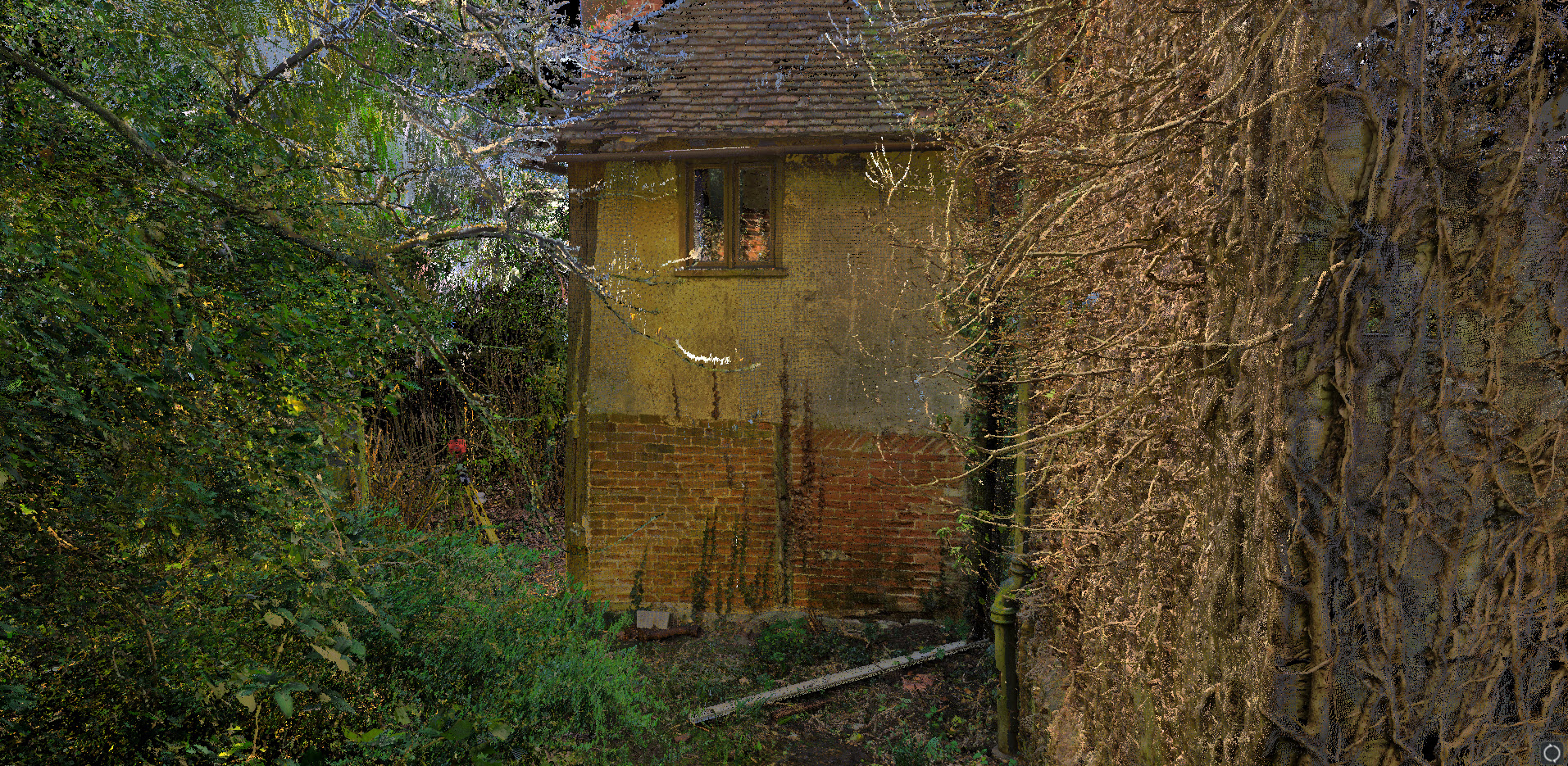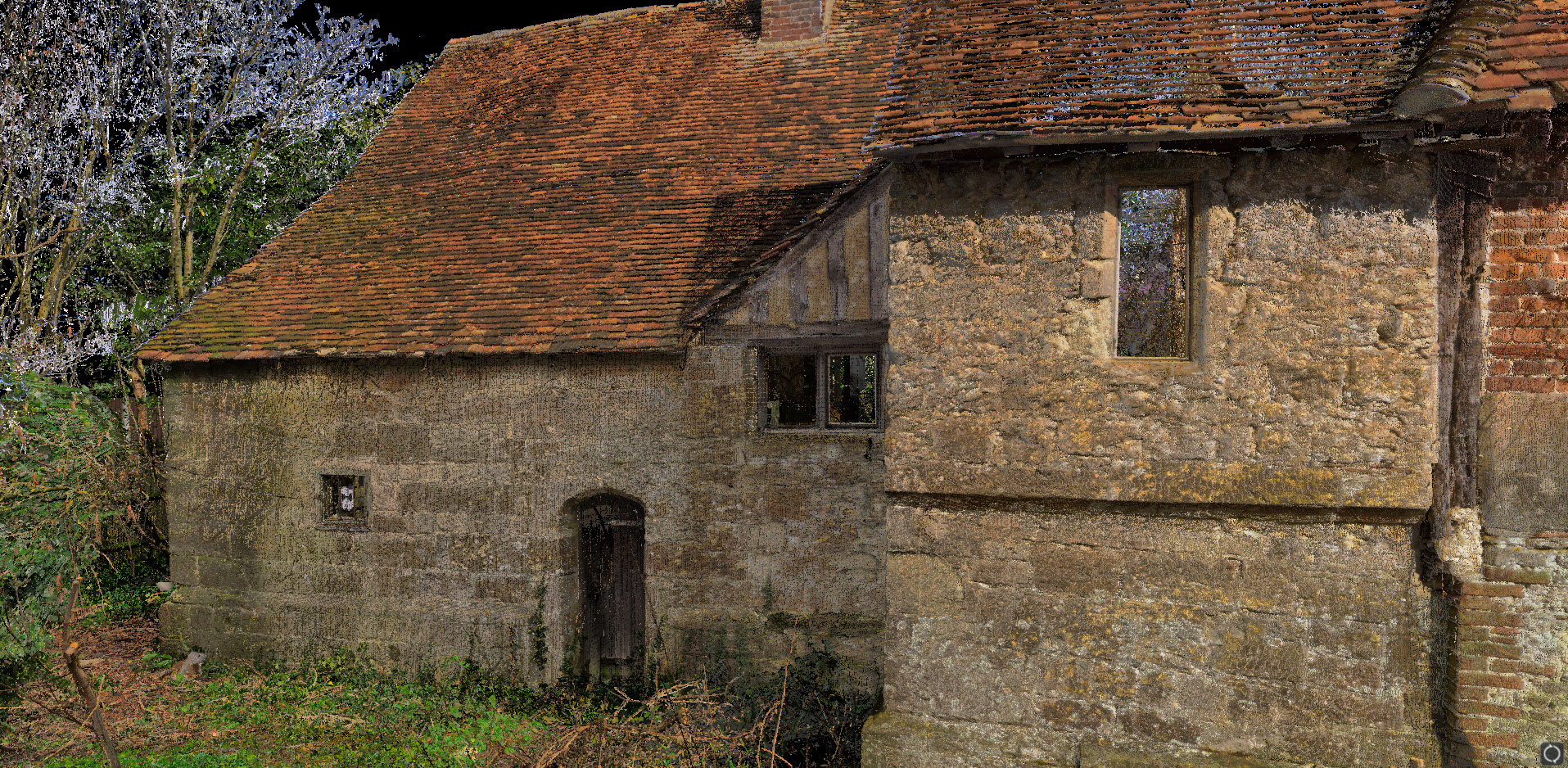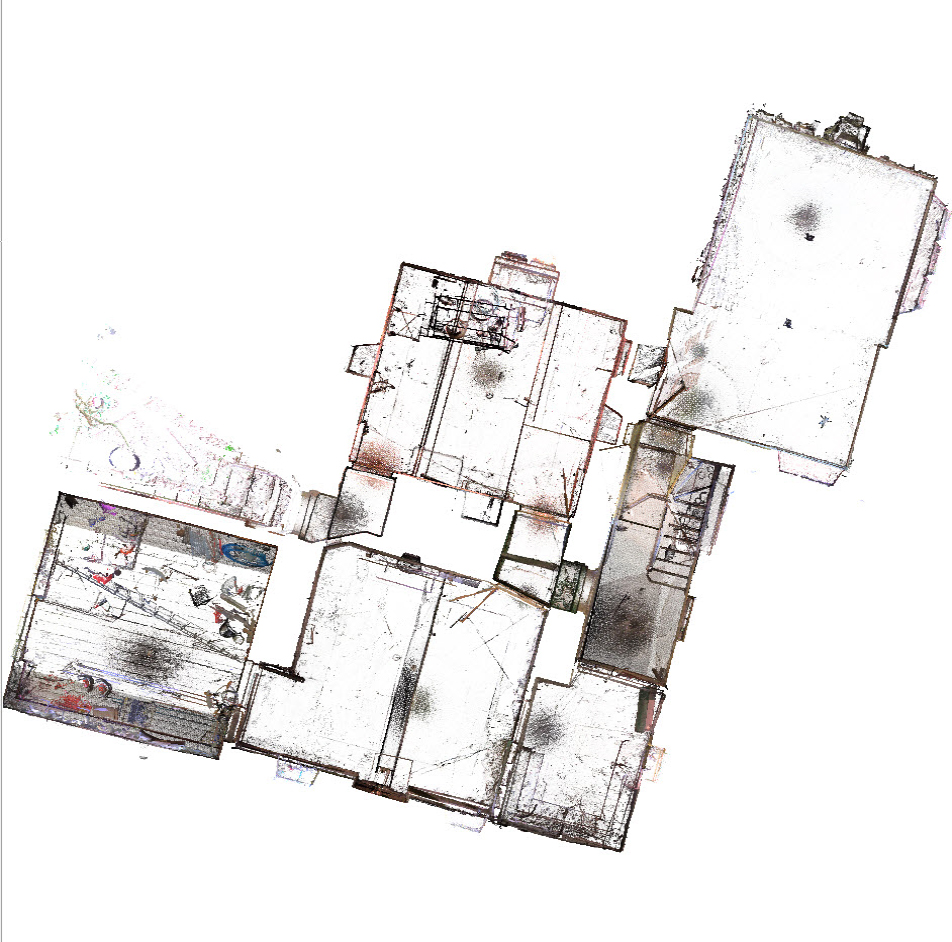The Society for the Protection of Ancient Buildings and St Andrew’s Chapel
The Society for the Protection of Ancient Buildings (SPAB) purchased St Andrew’s Chapel in the winter of 2018, following its successful negotiations and proposals to rescue the Grade II* listed building which was in a derelict state and languishing on Historic England’s Heritage at Risk Register. This purchase has provided the SPAB with a perfect opportunity to promote their approach to conservation, which remains firmly based on the minimal intervention approach set out in William Morris’ inaugural manifesto of 1877. The building, which has witnessed many alterations and additions over its five centuries of history, has a wealth of evidential, historic, aesthetic, and communal significance. Despite its high intrinsic and extrinsic values, no-one could have predicted in 2018 just how valuable this building would prove to be as an educational resource following the 2021 Covid-19 lockdown.
The generosity the SPAB extended to the University of Kent included an introductory informative lecture, use of pre-existing laser scans, architectural drawings, photographs, and other associated documents of St Andrew’s Chapel. The information proved sufficient for decay mapping drawings to be produced of the exterior and interior of the building, as well as enabling three-dimensional axonometric drawings of the building to be produced. The wealth of available resources ensured that the Intervention at Historic Building module could go ahead as an entirely online solution to the problems created by the 2020 pandemic. Students embraced the situation and produced some extremely impressive work which included tracing the building’s history, mapping the building’s condition, documenting its significance, and proposing a sustainable new use for the building for both present and future generations. The SPAB were extremely impressed with the extent, variety, and quality of the work, when invited back to watch a number of presentations conducted by the students.
The proposals for new use of the building, which may well have been a fifteenth century Cistercian gatehouse chapel, provided a variety of ideas such as a gallery, museum, café, restaurant, wedding venue or a possible return to part-time residential use similar to the schemes offered by the Landmark Trust. All the presentations demonstrated a minimal intervention approach in order to protect the significance and setting of the Medieval chapel, as well as providing detailed theories on the building’s phased developments. Even though research in the building’s monastic and secular use proved to be inconclusive, the building is certainly worthy of its designation and will provide the SPAB with a valuable educational and heritage asset that present and future generations will benefit from.
Steven Tyson
Here are some excerpts of Steven Tyson’s work on this module:
St. Andrews Chapel in the late-15th Century, Reconstructed Axonometric Views
St. Andrews Chapel, converted to a dwelling after the Dissolution of the Monasteries (mid-16th Century view).
St. Andrews Chapel, Intervention Proposal

